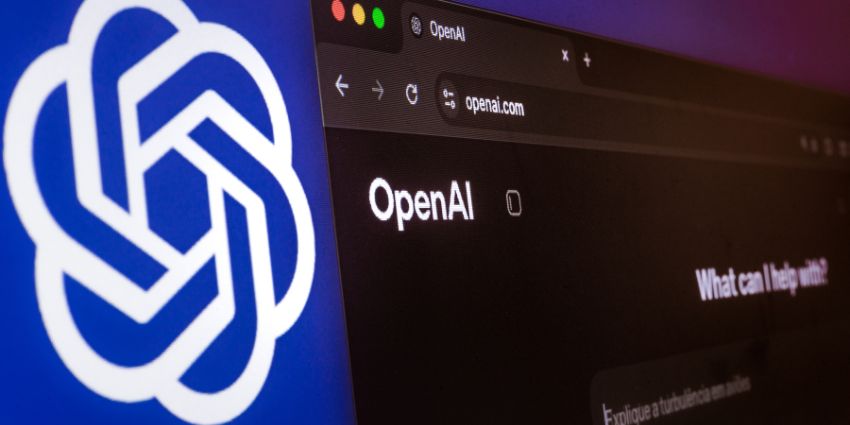With AI interest growing at breakneck speed, a race to be an early adopter is afoot.
Enterprises hope that their early adoption of AI will give them more time to enjoy AI enhancements over their competitors and thus gain an edge in increasingly tight competition.
Indeed, a new study from Cisco surveyed 2,500+ CEOs from companies with 250+ employees worldwide, has shed light on the growing urgency among CEOs to integrate AI into their operations.
While the study highlighted that four out of five CEOs recognise AI’s potential, over 70% fear losing ground in this race due to gaps in IT knowledge or network infrastructure, and only 1.7% feel fully prepared to implement AI.
The Race to be First
The idea of being early adopters has always been an enticing one for businesses.
By offering that which your competitors do not, you can give yourself a USP.
Equally, it can position you for uses that come with a surge of new needs. For instance, when the pandemic came, Zoom saw a surge in popularity.
Although created in 2011 and not the only video conferencing solution on the market, Zoom had significant features that other platforms lacked, like waiting rooms, the ability to play audio from sites, whiteboards, mute all, and more.
Although other platforms then raced to catch up, once users were set up and used to Zoom, winning over users became more difficult than keeping them.
Indeed, the Cisco study highlighted that more than half of respondents reported seeing competitive losses from underinvestment in technology.
The Issues Plaguing Adoption
Although not aimed specifically at UC, the issues CEOs felt were hindering AI adoption broadly highlight what is generally a problem with adoption in the UC sphere.
When combined with AI, UC systems become smarter and more adaptive, automating workflows, providing actionable insights, and enhancing collaboration.
However, as Cisco’s research highlights, many organisations are held back by infrastructure gaps and a lack of expertise.
Indeed, the recent Techtelligence/UC Today report on AI in Unified Communications highlighted how integration with existing systems ranked as the top challenge for respondents at 48 per cent, followed by cost at 46 per cent and lack of understanding at 44 per cent.
UC AI Integration
The CEOs, however, strongly believed that a few key actions could plug this IT gap.
One of these was increasingly looking to CTOs and CIOs to guide decisions in AI investment and integration, with 80 per cent believing this.
Equally, the CEOs believe investing in knowledge and skills, upgrading infrastructure, and enhancing security to prepare for the demands of AI are among the main actions they can take to ensure future integration.
With such a large number of enterprises using UC solutions, one of the low-hanging fruits for AI integration comes through it.
In 2023, Microsoft Teams added more than 670 features over the past year; RingCentral offered more than 800 features and enhancements; Cisco Webex provided more than 1,000 features; and Zoom released 1,400 new features.
And here is where it all joins up: 96% of CEOs said they are turning to trusted partnerships to future-proof their networks for AI.
Just like in the report on AI in Unified Communications, AI integration was a key part of IT leaders adopting AI—with 43% actively seeking those offering it for this reason and 34% adopting AI after the vendor introduced it.
AI’s Future Integration
As Cisco’s Chief Product Officer Jeetu Patel aptly stated:
“In a dynamic landscape where competition is fierce, speed decides the winners.”
Speed will be essential to this AI race. According to CEOs, tackling IT gaps will be too.
With no time to waste, third-party integrators stand to be one of the most sought-after solutions.







